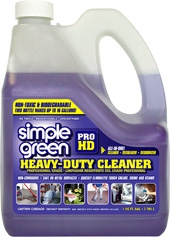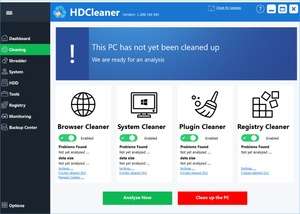
By 2060, in the Clean Technology Scenario, material demand is lower than in the Reference Technology Scenario: 24% lower for steel, 15% lower for cement and 17% lower for aluminium. Applying material efficiency strategies throughout value chains can help to decouple these trends.Ĭlean energy transitions will affect established material demand trends. In the Clean Technology Scenario, material efficiency and technology shifts result in lower material demand relative to the Reference Technology Scenario, in which material demand trends broadly follow historical trends. Important actions include: increasing material use data collection and benchmarking improving consideration of the life-cycle impact in climate regulations and at the design stage and promoting repurposing, reuse and recycling at end of product and buildings lifetimes.Įconomic development has historically relied on increasing material demand, which has led to growing energy consumption and carbon dioxide (CO 2) emissions from materials production. It includes deep dives on the buildings construction and vehicles value chains, and outlines key policy and stakeholder actions to improve material efficiency. This analysis examines the potential for material efficiency and the resulting energy and emissions impact for key energy-intensive materials: steel, cement and aluminium. As a result, improved material efficiency can reduce some of the deployment needs for other CO2 emissions mitigation options while achieving the same emissions reduction, thus contributing to clean energy transitions. Conversely, the demand for some materials may moderately increase while delivering favourable emissions benefits at other points in the value chain. Pushing these strategies to their practical yet achievable limits could enable considerable reductions in the demand for several key materials. Despite being an often-overlooked emissions mitigation lever, opportunities for material efficiency exist at each life-cycle stage, from design and fabrication, through use and finally to end of life.

Material efficiency strategies can contribute to CO2 emissions reduction throughout value chains.

Clean energy transitions must decouple these trends. Economic development has historically coincided with increasing demand for materials, resulting in growing energy consumption and carbon dioxide (CO2) emissions from materials production. To disinfect these areas, it is recommended to use a bacteria-killing bleach/water solution or disinfectant as described above.Materials are the building blocks of society, making up the buildings, infrastructure, equipment and goods that enable businesses and people to carry out their daily activities. Be cautious when using vinegar to clean surfaces with a high risk of food contamination, such as cutting boards and refrigerator shelves/drawers. Use this solution on glass, windows, walls, cupboards, floors, sinks, stovetops and coffee makers. Then rinse in hot, soapy water.įor use around the home, combine vinegar with water in a 1:1 solution to clean and freshen many surfaces. For example, to clean the insides of food-stained pots and pans, soak them in a mixture of one-half cup of white vinegar diluted with one gallon of water for 30 minutes. The set time for vinegar can be up to 30 minutes. “Set time,” or the time a disinfectant must rest on a surface in order to work effectively, is also important. Vinegar is not recommended for use on natural stone, waxed wood, cast iron or aluminum. But that acidic agent can also harm some surfaces, so test it in an inconspicuous area. Vinegar is about five percent acetic acid, which helps it break down the structure of some dirt, oils, films, stains and bacteria. Make sure to leave the bleach solution on the product for one minute, then rinse thoroughly and allow to air dry. If you want to disinfect – that is, effectively kill most bacteria – you may wish to use a disinfectant spray or cleanser that has directions for killing germs, or a bleach and water solution (5 tablespoons (1/3 cup) bleach per gallon of water or 4 teaspoons bleach per quart of water). If you are going to use vinegar as a cleanser, it’s important to decide whether your goal is to clean, or to disinfect. However, it’s important to remember that while vinegar does work as a disinfectant to some degree, it is not as effective as bleach or commercial cleansers when it comes to killing germs. Cleaning vinegar or white vinegar – not apple cider vinegar or wine vinegar – is most commonly chosen for cleaning.

Vinegar is inexpensive, easy to obtain and environmentally friendly. Vinegar is frequently recommended as a household cleanser, and can be effective on some stains and surfaces.


 0 kommentar(er)
0 kommentar(er)
